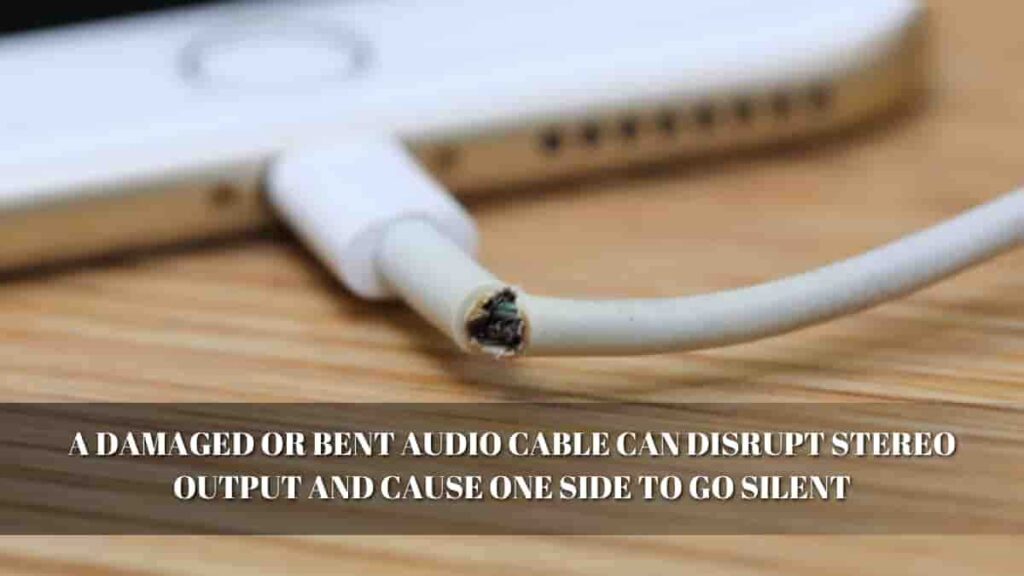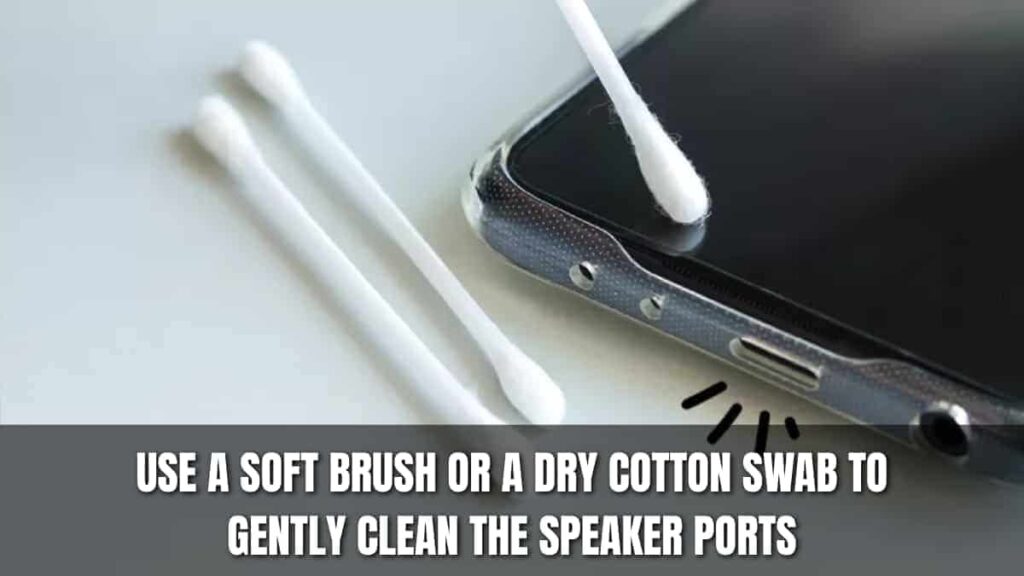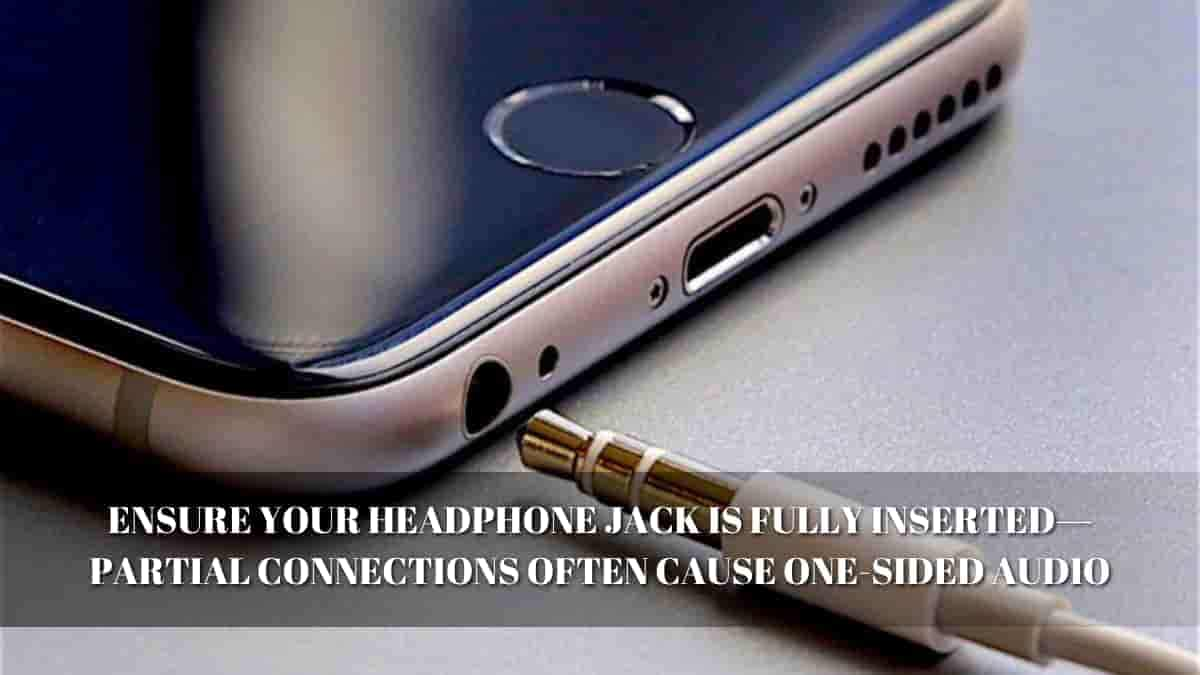Table of Contents
Have you ever turned on your Bluetooth speaker or plugged in your headphones only to discover that the speaker plays only one side? This is a disheartening and very typical issue. Whether you’re a music aficionado, a gamer, or someone who just enjoys balanced audio while streaming Netflix, sound playing on only one side may be rather annoying. This issue is frequently solved with the correct information.
We’ll go over in this thorough guide why your headphones or speaker are only playing on one side, how to diagnose the issue, and the best remedies for various equipment—that is, a smartphone, laptop, desktop, or audio system.
Understanding the Problem: Why Does the Speaker Play Only One Side?
Before jumping into solutions, it’s important to understand what might be causing the imbalance. Here are the most common culprits:
1. Damaged Cable or Loose Connection
Wired speakers and headphones are especially vulnerable to cable damage due to wear and tear. If the cable is frayed, bent, or pulled too hard, it may disrupt signal flow to one speaker.
2. Broken or Faulty Driver
The internal driver of the speaker that converts electrical signals into sound might be damaged, resulting in no output from one side.
3. Software or Audio Settings Misconfiguration
Sometimes the issue is as simple as incorrect audio balance settings or a muted channel in your device’s audio configuration.
4. Faulty Audio Jack or Port
The port where you plug in your audio device might be dusty, loose, or malfunctioning, affecting the connection.
5. Mono vs. Stereo Configuration
If your device is set to mono output, you may not hear sound from both sides. Similarly, if one stereo channel is faulty, one speaker may be silent.
6. Bluetooth Connection Errors
Wireless speakers and earbuds may have syncing or pairing issues that result in one channel being dropped.
Step-by-Step Troubleshooting Process
Use the following methodical steps to identify and fix the issue.
✅ Step 1: Test the Device with Another Audio Source
Purpose: To identify whether the issue is with the speakers or the device sending the audio.
How:
- Connect your speaker/headphones to another device (like another phone, laptop, or tablet).
- Play a stereo track or video.
- If both sides work on the second device, the issue is with your original audio source.
- If only one side plays, the speaker or cable is likely damaged.
✅ Step 2: Swap Channels
Purpose: Determine whether the issue lies in the left or right speaker/channel.
How:
- Use an audio testing file with distinct left and right sounds (e.g., YouTube stereo test videos).
- If the sound that’s supposed to come from the “right” speaker plays through the left (or not at all), you’ve isolated the faulty side.
✅ Step 3: Check Balance Settings in Your Audio Device
Incorrect balance settings could result in one speaker being muted.
On Windows:
- Right-click the Sound icon > Sounds.
- Go to the Playback tab > select your speaker > Properties.
- Under the Levels tab > click Balance.
- Ensure both L (left) and R (right) sliders are equal.
On macOS:
- Go to System Preferences > Sound.
- Click Output.
- Ensure the balance slider is centered.
On Android/iPhone:
- Head to Accessibility Settings.
- Look for Audio Balance or Mono Audio and ensure it’s turned off and balanced.
✅ Step 4: Inspect the Cable, Jack, and Port
Things to Look For:
- Bent headphone jack
- Frayed or exposed cable wires
- Loose 3.5mm connection
- Dust or debris in the port
Fixes:
- Try cleaning the jack gently using a dry cotton swab or a soft brush.
- Wiggle the cable to see if the sound returns temporarily—this may confirm a broken wire.
✅ Step 5: Test with Different Audio Formats and Apps
Some media files may be recorded or encoded improperly, affecting stereo playback.
Tips:
- Try playing different audio files or use a different streaming app.
- Test with YouTube, Spotify, or a downloaded file.
✅ Step 6: Update Drivers or Firmware
Outdated drivers can cause audio glitches, especially after a system update.
On Windows:
- Open Device Manager.
- Expand Sound, video and game controllers.
- Right-click your device and choose Update driver.
On macOS:
- Updates are included in regular macOS updates. Go to System Preferences > Software Update.
For Bluetooth Ones:
- Check the manufacturer’s website or app for firmware updates.
Fixing the Issue: Solutions Based on Device Type

Here’s how to tackle the issue depending on your device:
Fixing Laptop or PC Speakers
Internal Speaker Issues:
- Check Windows audio settings and ensure no channel is muted.
- Uninstall and reinstall the sound driver.
- Run Windows Troubleshooter: Settings > System > Sound > Troubleshoot.
External Speaker Problems:
- Try a different audio cable.
- Use a different USB or AUX port.
- Try headphones to see if the issue persists, ruling out internal output problems.
Fixing Smartphone Audio (iOS & Android)
For Wired Earphones:
- Clean the headphone jack.
- Test a different pair of earphones.
- Restart the phone or try a hard reset.
For Bluetooth Earbuds or Headsets:
- Forget the device and re-pair it.
- Reset the earbuds (follow the manufacturer’s instructions).
- Ensure both earbuds are charged and connected.
Fixing Bluetooth Sound
Steps:
- Disconnect and reconnect the Bluetooth device.
- Ensure the speaker isn’t in Mono mode (some have a dedicated button or app control).
- Check speaker pairing mode—some models allow connecting two units but play only one channel per device.
- Reset the speaker to factory settings.
Hardware Repair Tips (For DIY Enthusiasts)
If you’re comfortable with basic electronics:
Solder Broken Wires
- Open the casing carefully.
- Look for disconnected wires on the speaker terminals.
- Resolder them using a small soldering iron.
Replace the Driver
- If one speaker driver is completely silent, replacing it can restore stereo sound.
- Search for the exact model or compatible drivers.
Warning: Opening speakers may void warranties. Attempt these fixes only if you’re confident or if the device is out of warranty.
When to Seek Professional Help
Sometimes, DIY methods aren’t enough. You should consider professional repair if:
- The internal circuit board is damaged.
- There’s water damage.
- The speaker is under warranty—don’t void it by trying to fix things yourself.
Preventing the Problem in the Future
Once you’ve fixed the issue, take these steps to avoid recurrence:
- Avoid wrapping headphone cables tightly—use loops.
- Don’t yank cords—pull from the plug.
- Store audio devices in cases or pouches.
- Clean ports regularly using a dry brush or compressed air.
- Avoid exposing Bluetooth speakers to water or drops.
Also Read: Fix My Speaker
Summary Table: Quick Troubleshooting Checklist
| Issue | Likely Cause | Solution |
| Only one side of speaker works | Audio balance misconfiguration | Adjust balance settings |
| Sound disappears when cable moves | Damaged wire or jack | Reset and re-pair the Bluetooth device |
| No sound from one Bluetooth speaker | Pairing issue or mono mode | Test with another device or replace |
| Laptop speaker only plays one side | Software or driver problem | Update or reinstall audio drivers |
| New headphones play only one side | Factory defect or port issue | Test with other device or replace |
Final Thoughts

Particularly if you’re seeking for immersive stereo sound, having a speaker that just plays on one side may be annoying. Usually, by following the procedures described above, you may identify and resolve the problem without incurring costly repairs.
Every angle has been addressed, from basic balance settings to physical examinations and firmware updates. Should all else fail, though, don’t hesitate to seek a professional technician, more specifically for high-end audio equipment.
Beyond improving your listening experience, restoring complete stereo sound helps safeguard your hearing by making sure you’re not overcompensating on one side. Having learned how to solve the problem, it’s time to restore your audio to life!
